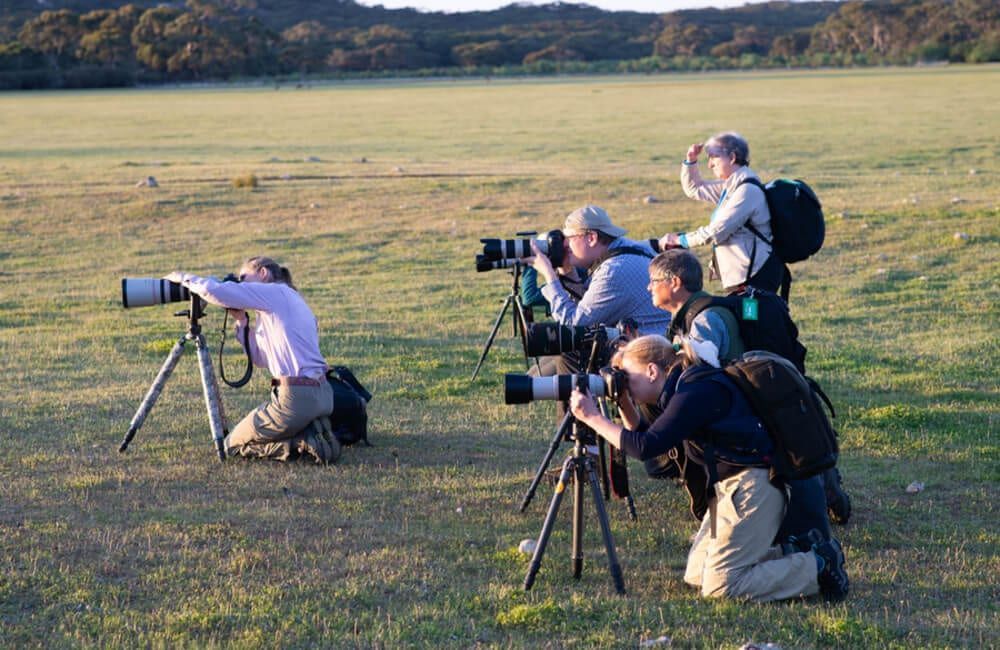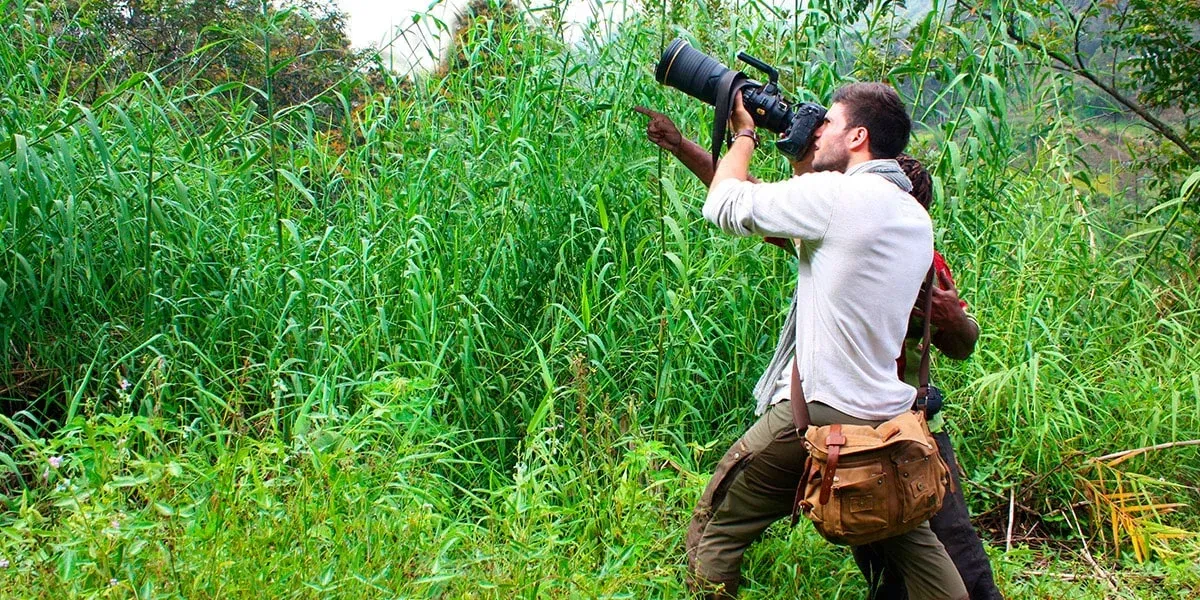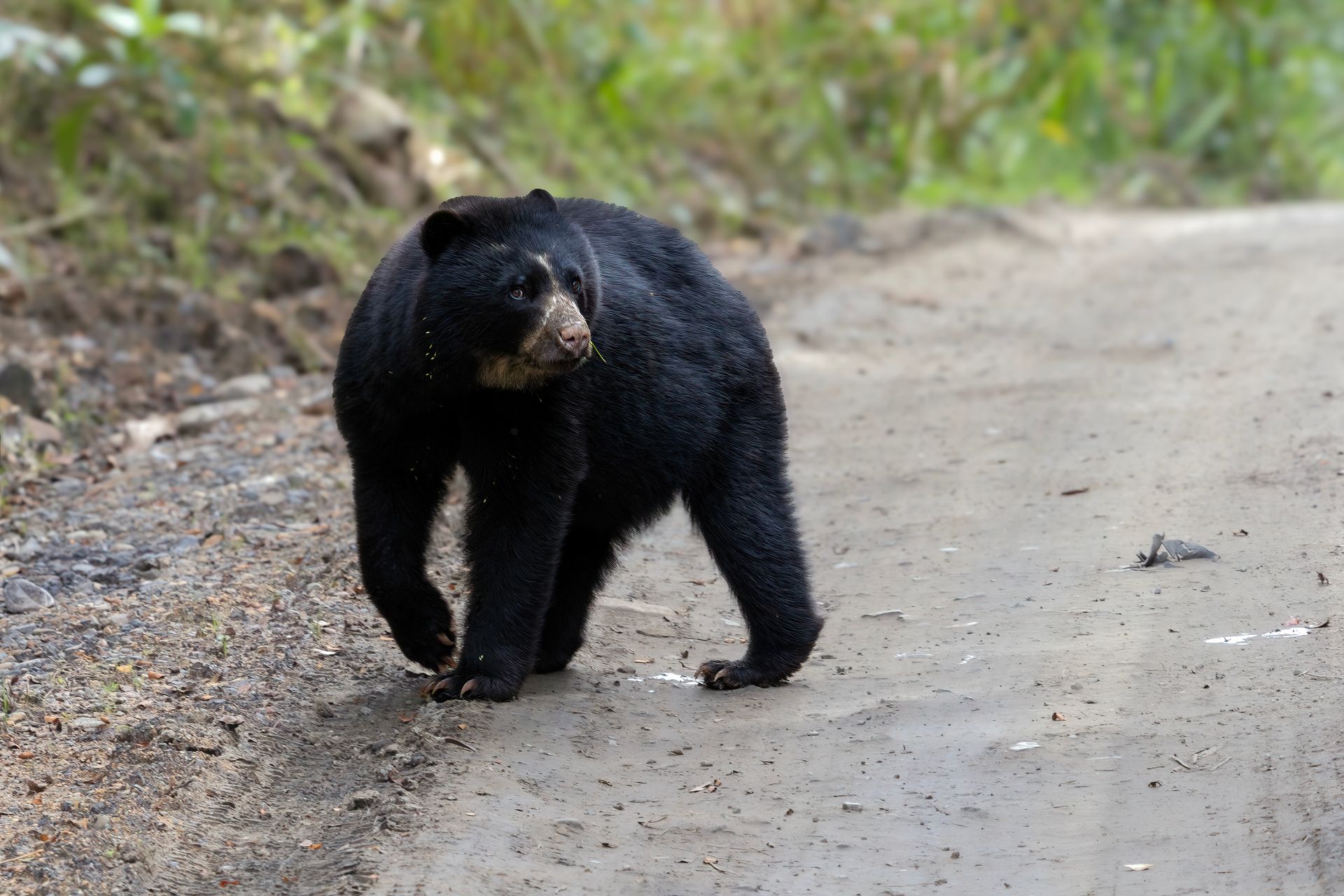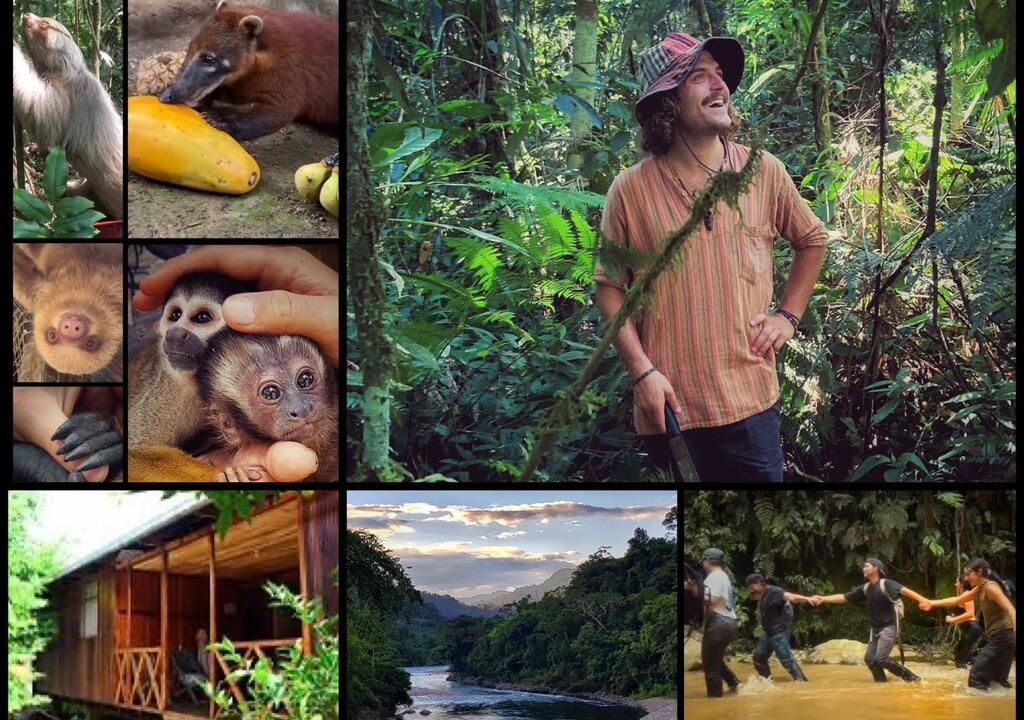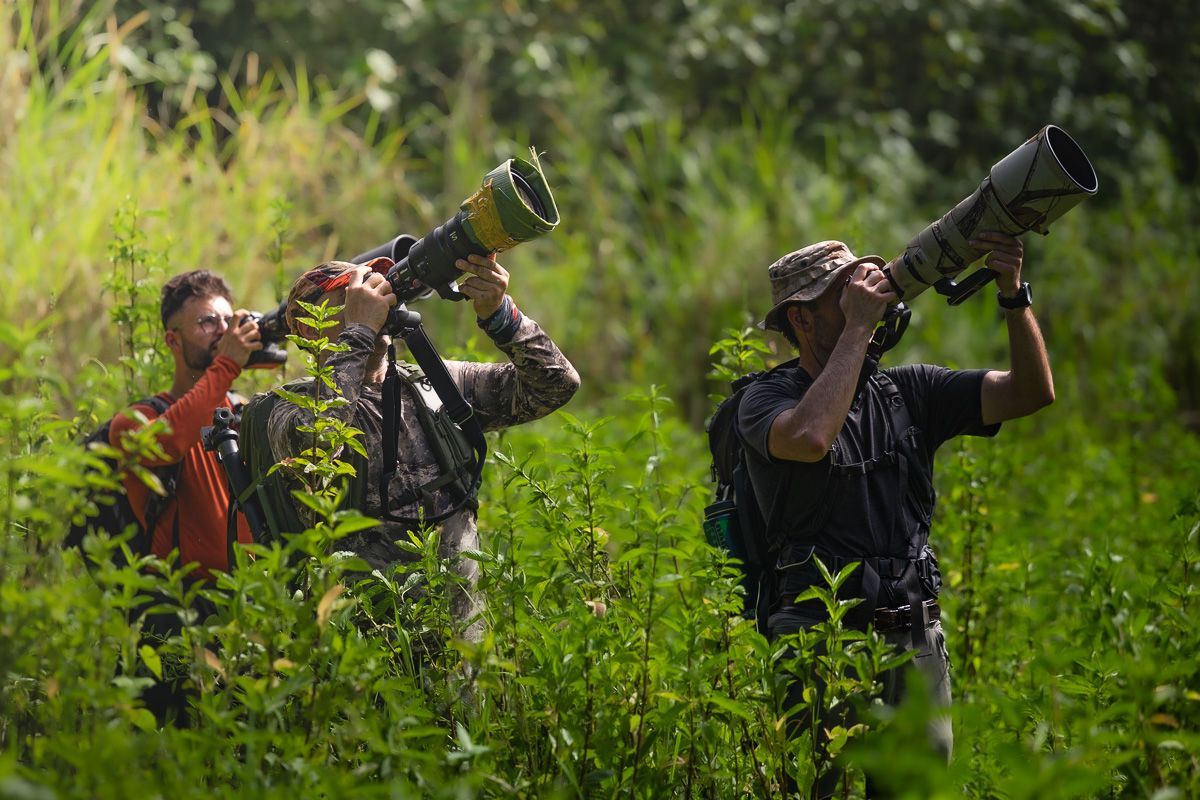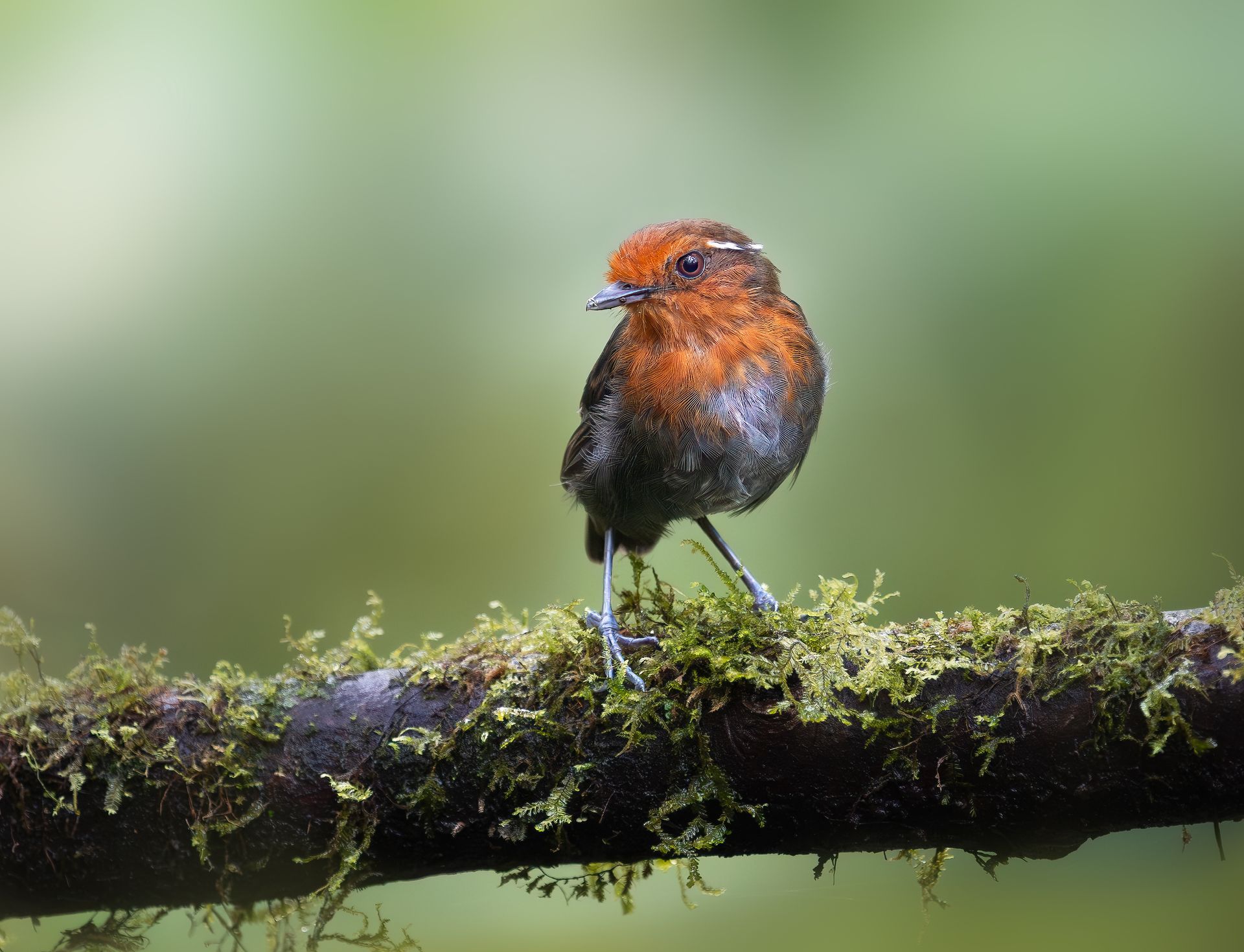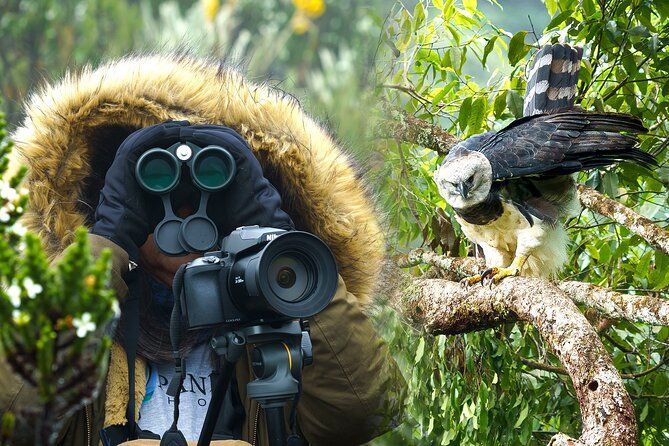The Art of Nature Photography: Composition and Lighting Tips
Nature photography is more than just pointing your camera at a beautiful landscape or animal. It’s about seeing — really seeing — the light, the form, the story, and the emotion behind a natural moment. In Colombia, a country bursting with mountains, rainforests, coastlines, and incredible biodiversity, the opportunities for breathtaking nature photography are endless. But to turn a beautiful scene into a compelling image, two elements matter most: composition and lighting.
At Retorno Photo Tours, we guide photographers through Colombia’s diverse environments — from the Andes to the Amazon — helping them refine their eye and elevate their skills. Whether you’re capturing misty páramos, vibrant cloud forests, or wild animals in motion, understanding how to use composition and lighting can transform your nature photography.
Why Composition and Lighting Matter in Nature Photography
No matter how stunning the subject, a poorly composed or badly lit image can fall flat. The right composition helps tell a story, guide the viewer’s eye, and create emotional impact. Good lighting, on the other hand, adds depth, texture, mood, and realism.
Together, they define the artistic power of your photograph. Especially in natural environments — where you can’t control the subject — your ability to work with available light and frame the scene effectively makes all the difference.
Composition Tips for Strong Nature Images
1. Use the Rule of Thirds
This classic technique divides your frame into a 3x3 grid. Placing key elements (like the horizon, a tree, or an animal) along these lines — especially at the intersections — creates more dynamic, balanced images.
👉 Example: In Cocora Valley, place the iconic wax palms on one vertical third line, letting the mountains fill the opposite side.
2. Create Depth with Foreground, Middle, and Background
Great nature photos have layers. Look for elements to place in the foreground — like flowers, rocks, or branches — that lead the viewer’s eye into the scene.
👉 Example: In Tayrona National Park, frame a beach shot with overhanging palms in the foreground, a subject (person or rock) in the middle, and the sunset sky in the background.
3. Use Leading Lines
Natural lines — rivers, trails, tree branches — help guide the viewer’s eye through your image and toward the subject. They add movement and flow.
👉 Example: In the Amazon, use the curve of a jungle path or river to pull the eye toward wildlife or a vanishing point.
4. Frame Within a Frame
Use natural elements like leaves, arches, or windows to frame your subject. This adds focus and context while drawing attention to what matters most.
👉 Example: Photographing a hummingbird through a ring of orchids not only tells a story but also creates a visually pleasing “window.”
5. Think About Balance
Avoid cluttered compositions. If your main subject is on one side of the frame, balance it with something less dominant (like negative space, a soft cloud, or light) on the other side.
Lighting Tips to Enhance Nature Photography
1. Shoot During Golden Hours
The hour after sunrise and before sunset provides warm, soft light with long shadows and rich colors — perfect for landscapes, wildlife, and macro subjects.
👉 In Colombia: The highlands and cloud forests come alive with mist and golden light early in the morning — ideal for dramatic atmosphere.
2. Use Backlighting for Mood and Glow
When the sun is behind your subject, you can create a soft glow or dramatic silhouette. This works beautifully with translucent subjects like flower petals or insects.
👉 Tip: Meter for the highlights or use exposure compensation to avoid blown-out backgrounds.
3. Embrace Cloudy Days
Overcast skies act like a giant softbox — diffusing light and reducing harsh shadows. Perfect for photographing flowers, mushrooms, amphibians, or people.
👉 In Colombia’s cloud forests (like Tatamá), cloudy light helps bring out vibrant greens and fine detail.
4. Adjust to Harsh Midday Light
If you're shooting in bright sun:
- Look for shaded areas (forest canopies work well).
- Use a polarizing filter to reduce glare and enhance contrast.
- Try black and white — harsh light can create strong contrasts perfect for monochrome.
5. Use Light to Direct the Eye
In nature, you can’t move the sun — but you can move your position. Side light adds texture, front light reveals color, and backlight creates drama. Walk around your subject to see how the light changes and choose your angle accordingly.
Composition + Light = Visual Storytelling
Every great nature photo tells a story — not just of a place, but of a moment in time. Use composition to establish context, and light to create emotion.
For example:
- A lone tree in the páramo, lit softly from the side, tells a story of isolation and endurance.
- A toucan mid-flight against a glowing morning sky becomes a portrait of life and energy.
By consciously combining your understanding of light and framing, you elevate your work from snapshots to artistic expressions of the natural world.
Quick Tips for Nature Photography in Colombia
- Travel Light, but Smart: A wide-angle lens for landscapes, a telephoto for wildlife, and a macro for close-ups are your core tools.
- Use a Tripod When Possible: Especially in low light or for long exposures of waterfalls, clouds, or nighttime scenes.
- Scout Locations: Arrive early or stay late — light changes everything.
- Respect Nature: Leave no trace, avoid disturbing wildlife, and stick to marked trails.
Explore Colombia’s Wild Beauty with Retorno Photo Tours
At Retorno Photo Tours, we design each experience to take advantage of Colombia’s stunning diversity — from fog-draped mountains to orchid-rich rainforests and coastal sunsets. Our photo leaders provide on-the-ground guidance in:
- Framing wildlife in action
- Working with difficult lighting conditions
- Improving your eye for composition on the move
We believe every photographer — whether beginner or professional — can grow creatively when immersed in nature. And in Colombia, nature provides the ultimate classroom.
Final Thoughts
Nature photography is both technical and emotional. The technical side — learning how to use light and structure your frame — gives you control. But the emotional side — the moment, the feeling, the intuition — is where the real magic happens.
As you explore Colombia with your camera, slow down. Watch the light change. Move your feet. Try a new angle. Sometimes, the perfect shot isn’t just about being in the right place — it’s about seeing it in the right way.
Ready to grow your skills and discover Colombia’s wild beauty? Join a Retorno Photo Tour and let us guide you through nature’s most breathtaking classrooms.



